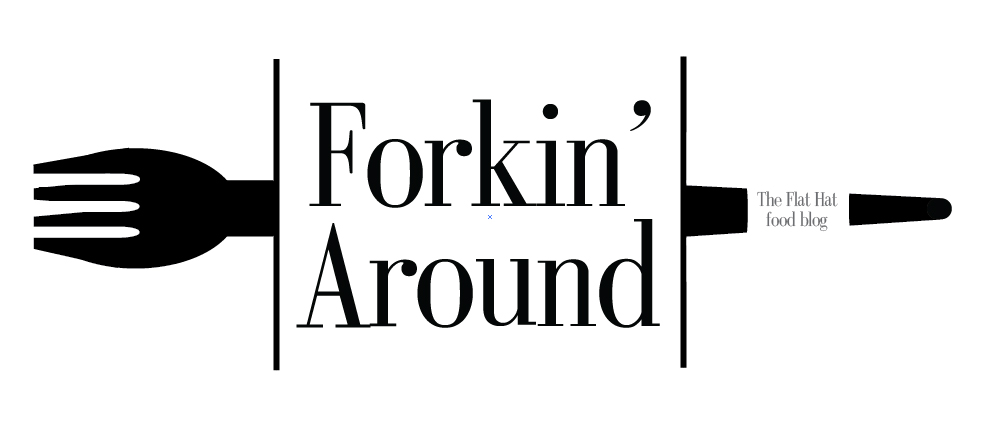“The vital thing is to have the dazzling or soothing personality to present a trick in such a way that the audience cannot think, but yet the secret of the illusion must be sufficiently ingenious to bear the closer examination of retrospective thinking.”
This passage from J. C Carnell’s The Secrets of Houdini will no doubt find a receptive audience among those who have dined at the Chancellor’s Bistro lately. Recent critiques of the Bistro, unfortunately, have demonstrated a woeful lack of appreciation for what can only be interpreted as an early twentieth-century magic show, presented through the medium of food. The following analysis seeks to address the ill-conceived allegations which have been flung into the limelight of William and Mary’s newest dramatic theater. It argues, foremost, that a successful dining experience at the Chancellor’s Bistro entails a mutual agreement between the customer (the audience) and the server (the performer) to participate actively in the theatrical process. A good meal requires that diners recognize the Bistro’s purpose – not as a “restaurant” designed to serve high quality food, but as a stage on which the hostess, cooks and servers may create the illusion of doing so.
An ideal customer enters the Caf with a mind critical of the reality that they inhabit and construct for themselves. They are consciously aware of the behavioral feints and the nuances of mood characteristic of a true restaurant, and recognize in the Chancellor’s Bistro a cunning attempt to simulate that experience. Every detail, from the subtle choreography of the waiters to the careful folds in the tablecloths suggests an atmosphere crackling with pretense. The hostess asks you to wait at the front desk as she “checks for your reservation,” her gestures and speech a panoply of sleights carefully calculated to mimic an overworked maître d’ presiding over a busy dining room. As you glance over her shoulder at the floor packed with empty tables and vacant chairs, the deception fails to convince, but you cannot help but to admire her deviousness. After some moments of tense silence, you follow the hostess to a dimly lit table far from the main walkway of the Caf and the most obvious glitches in the hologram.
As you navigate to a window seat overlooking William and Mary Hall, you have but a few moments to inspect the venue prior to the main performance: a 3-course dinner. Everything looks just about right. Napkins dutifully starched and creased into artful angles; menus meticulously printed on watermarked, tear-resistant paper; no less than three forks in evidence (a slightly excessive touch, perhaps laid by a professional conjurer restless to outdo himself). The menu itself is a work of trickery of the highest order, likely written by an illusionist well versed in clairvoyance, ectoplasm and trance phenomena. When a magician on stage produces his own locks, chains, handcuffs or knives, shrewd people in the audience grow suspicious, but generally speaking, food is an honest thing. And that is exactly why it fails to occur to you that the exotic-sounding “chicken ditalini soup” you just ordered is nothing more than watery chicken noodle soup. Abracadabra!
Still blissfully unaware of your mistake, you order drinks from a woman who at first glance bears an uncanny resemblance to an ordinary waitress, such as you might find in a legitimate restaurant. A closer look at the server will find guileful eyes sharpened by hours of crystal gazing, and the dexterous, nimble fingers essential to sleight-of-hand movements. As she walks away to fetch your iced tea, you forget, as the public always does on such occasions, those moments when your glass is out of sight. They were vital moments in the task of making the tea discharged from the Caf’s soda machine look like a restaurant-quality beverage. Presto!
By dessert’s end, you are so thoroughly spellbound by psychological manipulation and sheer showmanship that you have forgotten about your evening plans, lost track of time, and for all intents and purposes, transformed into a different person altogether. This new “you” feels at home only in that liminal corner of the Caf, that mysterious dimension of imagination and of magic that we call the Chancellor’s Bistro.

